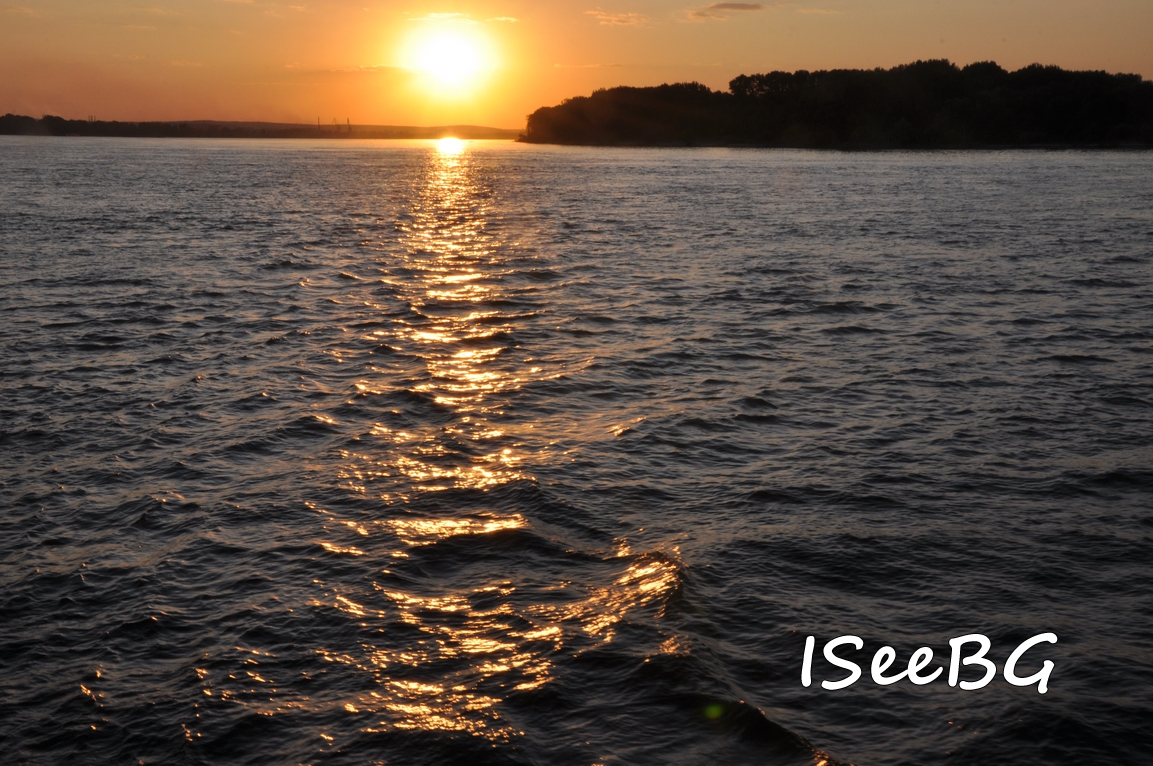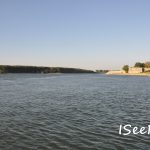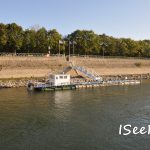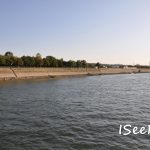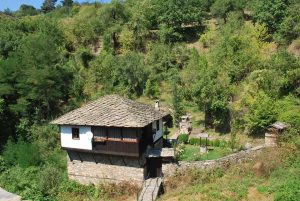The Danube (/ˈdæn.juːb/ DAN-yoob; known by various names in other languages) is Europe’s second-longest river, after the Volga. It is located in Central and Eastern Europe.
The Danube was once a long-standing frontier of the Roman Empire and today flows through 10 countries. The river runs through the 2nd largest number of countries in the world with the Nile running through 11 countries. Originating in Germany, the Danube flows southeast for 2,850 km (1,770 mi), passing through or bordering Austria, Slovakia, Hungary, Croatia, Serbia, Romania, Bulgaria, Moldova and Ukraine before draining into the Black Sea. Its drainage basin extends into nine more countries.
The Danube river basin is home to fish species such as pike, zander, huchen, Wels catfish, burbot and tench. It is also home to a large diversity of carp and sturgeon, as well as salmon and trout. A few species of euryhaline fish, such as European seabass, mullet, and eel, inhabit the Danube Delta and the lower portion of the river.
Since ancient times, the Danube has become a traditional trade route in Europe. Today, 2,415 km (1,501 mi) of its total length are navigable. The river is also an important source of hydropower and drinking water.
Geography
The Danube basin
The hydrogeographical source of the Danube: the source of its longest headstream, the Breg, where the Danube is symbolized by the Roman allegory for the river, Danuvius.
The symbolical source of the Danube: the source of the Donaubach, which flows into the Brigach.
The Danube’s source confluence: the Donauzusammenfluss, the confluence of Breg and Brigach.
Confluence of (from left to right) Inn, Danube, and Ilz in Passau
Danube in Linz, Austria
The Danube in Bratislava, Slovakia
Basilica of Esztergom (Hungary)
The Tisza is the longest tributary of the Danube
Confluence of river Sava into the Danube beneath Belgrade citadel
Danube at Nikopol, Bulgaria in winter
The Danube in Sulina, Romania
0 km, Danube Delta (Ukraine)
Where the Danube Meets the Black Sea (NASA Goddard image).
The Danube discharges into the Black Sea (the upper body of water in the image).
Classified as an international waterway, it originates in the town of Donaueschingen, in the Black Forest of Germany, at the confluence of the rivers Brigach and Breg. The Danube then flows southeast for about 2,730 km (1,700 mi), passing through four capital cities (Vienna, Bratislava, Budapest, and Belgrade) before emptying into the Black Sea via the Danube Delta in Romania and Ukraine.
Once a long-standing frontier of the Roman Empire, the river passes through or touches the borders of 10 countries: Romania (29.0% of basin area), Hungary (11.6%), Serbia (10.2%), Austria (10.0%), Germany (7.0%), Bulgaria (5.9%), Slovakia (5.9%), Croatia (4.4%), Ukraine (3.8%), and Moldova (1.6%).[13] Its drainage basin extends into nine more (ten if Kosovo is included).
Cities and towns – Bulgaria
Vidin
Lom
Kozloduy
Oryahovo
Nikopol
Belene
Svishtov
Ruse
Tutrakan
Silistra
source: en.wikipedia.org
